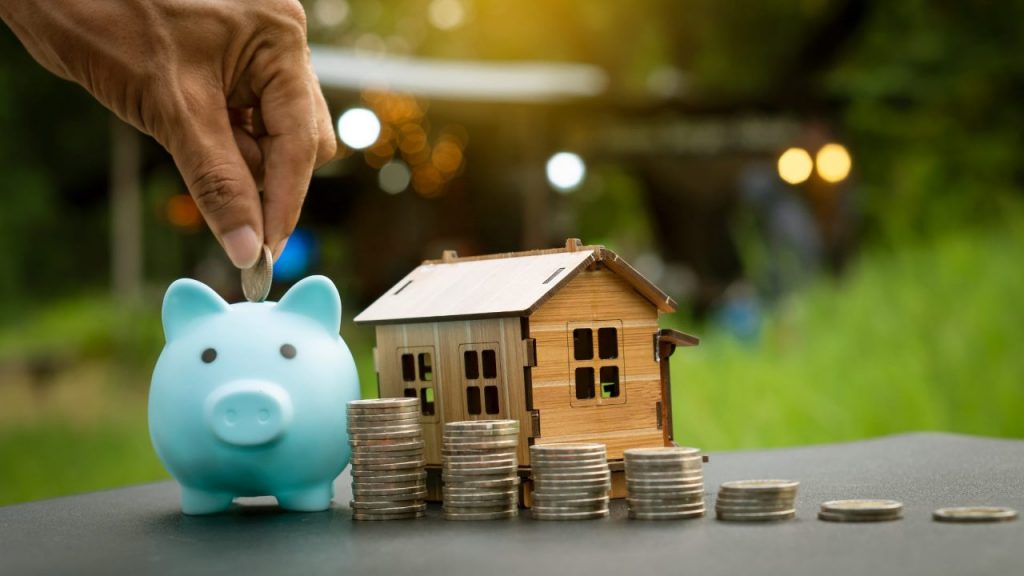
Affordability is a relative term that is often used in property circles. But, of course, the concept of affordability has a different impetus or expectation for all-comers (whether they be buyers, renters or sellers).
Broadly defined, affordability is a continual balancing act between your wants, needs, weekly budget and bank balance.
As an anonymous sage decreed, “Bad habits are like a comfortable bed: easy to get into, but hard to get out of.”
Realigning habitually stagnant behaviour to achieve a positive outcome is where the affordability factor comes into its own.
What if homeownership is on your horizon?
If you are considering becoming a homeowner, it is worth your time to make an appointment with a lender to familiarise yourself with the processes involved, such as budgeting, types of loans and ongoing fees.
If the sums, sentiment and inspections add up, you’re a winner. But if, on the other hand, all the emotions and finances don’t balance out, it pays to steer clear.
Starting out
Most people would say that if you can’t afford to buy a home, there’s little point in looking.
But we beg to differ. Much can be learnt from looking at homes, including finding out what you like and dislike in terms of architectural styles, how they are marketed, what prices are being attained, and the competition levels.
Researchers know that ‘information is power.
Only with the attainment of information can you work out what is fair and reasonable to pay for your first home — and devise a plan to reach your goal.
What it really takes to escape the rental cycle is a determination to get ahead, build up the bank balance and resist any urge for a retail therapy that will leave a substantial dent in your line of credit.
Saving will require immense discipline to reach your goal, but if temptation knocks on your door, it’s worth reminding yourself exactly what your priorities are.
The best start is to write down a monthly budget and stick to it.
This should incorporate all your income and expenditure, paying particular attention to savings, rent, current loan and credit card repayments, ongoing commitments to food, clothing and holidays, electricity, gas and phone expenses, motor vehicle costs and any other incidentals that affect your bottom line.
As a rule, lenders say that you can afford to spend about 30 per cent of your gross monthly income on repayments, so keep this in mind when setting saving targets.
It’s amazing the difference that the simple step of having funds redirected into a savings account via direct debit can make — and how quickly your buying power mounts.
Be realistic about your borrowing limit
Like most major decisions, it is important to be realistic about borrowing.
In days past, a healthy deposit was about 25 per cent of the purchase price, but buyers can often borrow up to 95 per cent.
Remember, there should also be enough money to cover stamp duty, settlement and mortgage costs, home insurance, removal costs and conveyancing, the sum of which can sometimes stagger first-time buyers.
Even though these expenses are likely to stretch many people, there should also be a contingency fund should your hot water heater or refrigerator blow up.
It’s an understatement that first-time buyers are particularly vulnerable to mortgage repayments, with recent reports showing that one in seven borrowers would be in trouble if rates rose by one per cent, and one in three if they increased two per cent. With looming interest rate rises, this is well worth considering.
So if you feel you may be spreading yourself too thin, consider whether it’s vital to buy now, or further explore your market options.
This may mean delaying your purchase — and potentially paying more than you first budgeted for — but it’s often better to be safe than sorry.
